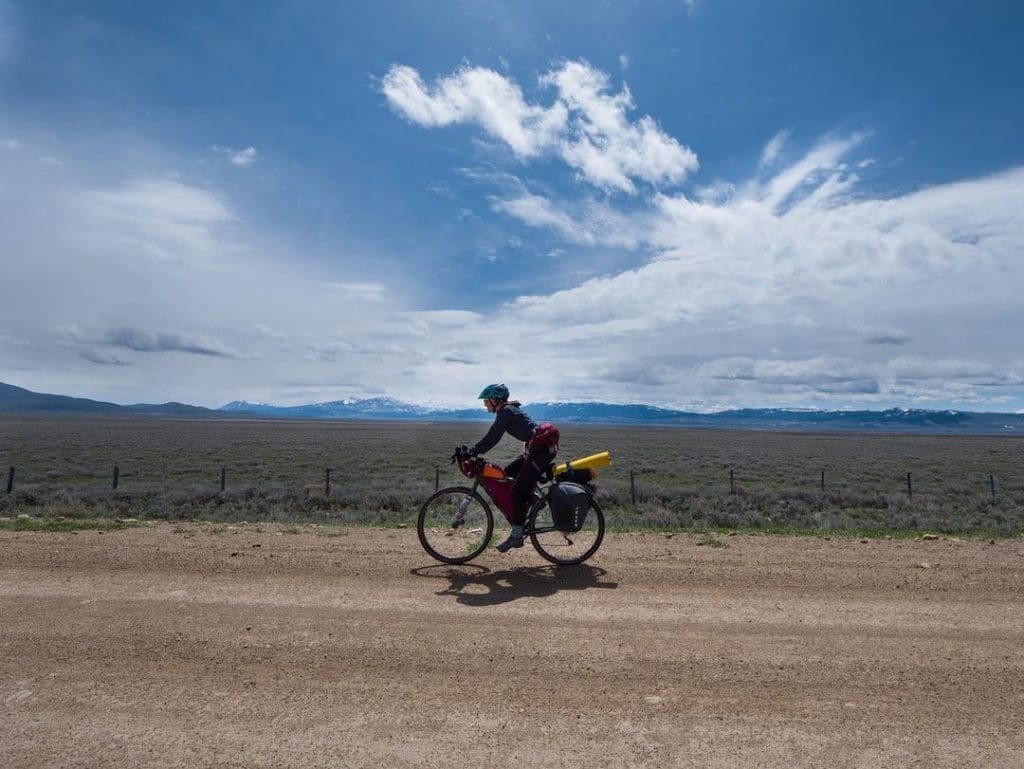On May 12, two friends set off on one epic journey. Their goal was to travel the Yellowstone to Yukon region on a long voyage that would see them hike, bike and canoe the 3,400-kilometer-long (2,100-mile) landscape over a period of five months.
Heather Waterous, from Invermere, British Columbia, and Amaya Cherian-Hall, from Whitehorse, Yukon Territory, met while in university. Drawn together through a shared love of the outdoors, the pair saw their dream realized after they secured funding via the 2022 Royal Canadian Geographical Society’s Women’s Expedition Grant.
Both women have extensive experience outdoors, starting with leading trips for fellow students at the campus outdoor club. Later, Heather became an outdoor educator and mountain guide, and both maintain strong ties to recreation in nature.
With the knowledge and skills already in place, some plans were made, and once the Canada-U.S. border reopened after Covid-19 related closures, they set out on their latest adventure together.
Starting from West Yellowstone at the Targhee Pass trailhead along U.S.-20 in Idaho, their itinerary set them on a route seeing the crown jewels and hidden gems of the Yellowstone to Yukon region. From the Greater Yellowstone Ecosystem, they’d head north on the Continental Divide Trail up to the Canadian border and onto the Great Divide Trail before continuing along the spine of the Rockies through Banff, Kootenay, Yoho and Jasper National Parks.
From there, they would pick up their bicycles north of Kakwa Provincial Park to pedal north along the Alaska Highway, reaching their canoe in Whitehorse and ending in October as they paddled their canoe downstream into Dawson City.
Unfortunately, their travels ended prematurely just after this interview, when they had crossed into Canada in southern Alberta and injuries demanded they stop and heal their bodies.
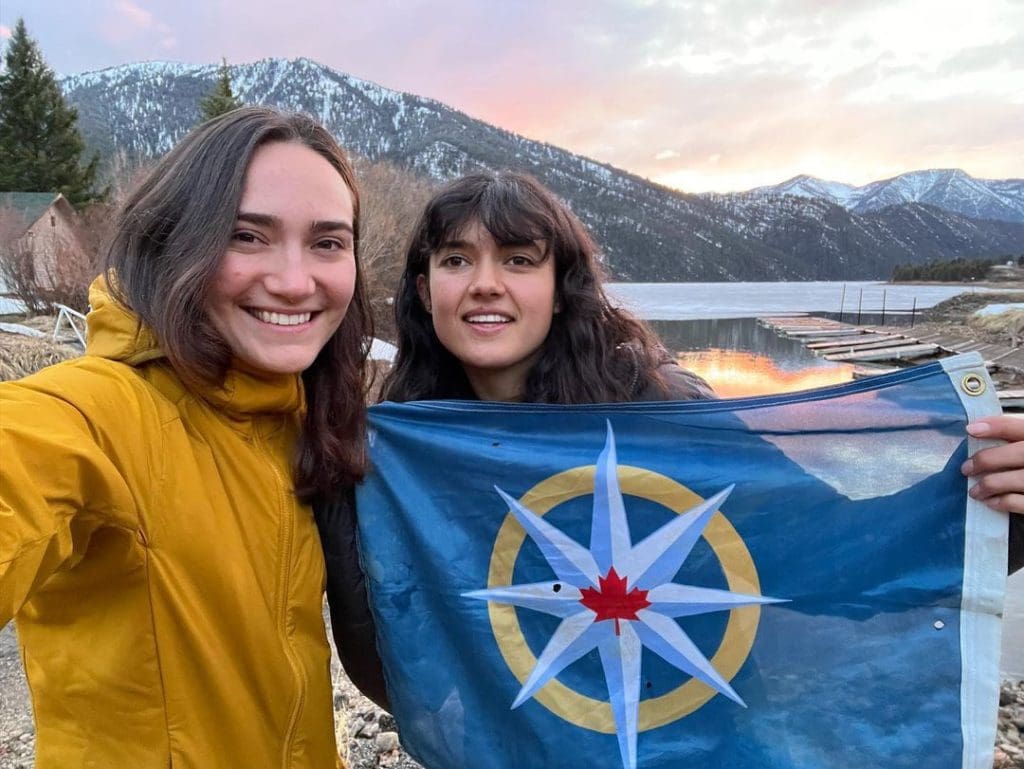
Find out more about Heather’s and Amaya’s motivations, love of nature and Y2Y in this Q&A:
How did you learn about Y2Y?
Heather: I originally learned about the Y2Y Conservation Initiative through my academic supervisor Dr. Kim Dawe, while I attended Quest University Canada. I was studying wildlife ecology and she thought I’d be interested in learning more about the initiative or maybe applying to any positions that opened up.
While the timing never lined up for me to apply to work with the Y2Y initiative and I now work with Parks Canada, I’ve followed Y2Y’s work closely over the years!
Y2Y was at the forefront of Amaya’s and my minds as we planned this trip. If it’s such an important wildlife corridor, it must be great terrain for exploring via hiking/biking/paddling! We wanted to get to know the region better while also having a grand adventure!
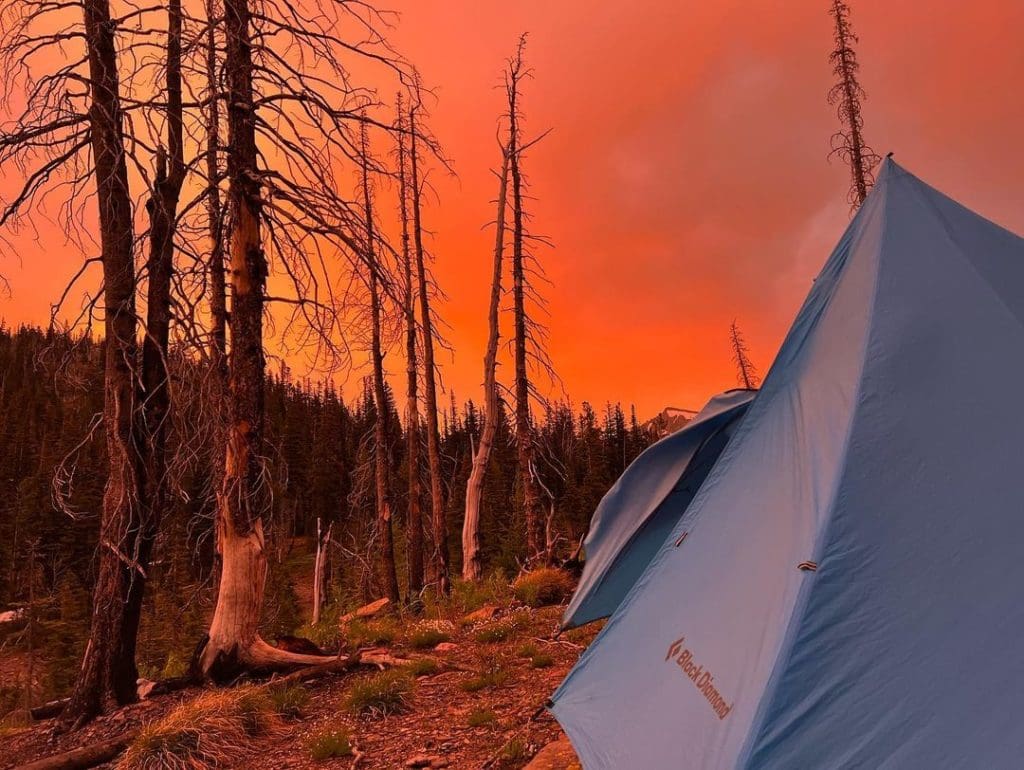
Of all the major hikes in North America, why did you choose the Yellowstone to Yukon region?
Amaya: The Yellowstone to Yukon route stood out to me for a number of reasons. It was motivating knowing that by traversing the corridor we would be promoting the Y2Y vision and conservation effort.
It also offered a pathway through how conservation is being undertaken in Northern America as the route traverses National Parks, Provincial Parks, National Forests, Wildlife Conservation Areas and Indigenous Protectected Areas.
The fact that the route went past mine and Heather’s homes increased our attachment to it and means we will stay connected to it into the future.
Why is protecting nature in the Yellowstone to Yukon region important to you?
Heather: I’m passionate about conservation efforts in general, particularly those that greatly impact wildlife and aim to protect their natural ranges.
To me, the Yellowstone to Yukon region is of particular importance not only because it is such a vital corridor of interconnected ecosystems for so many species — but also because it is quite literally in my backyard. I live in the East Kootenays and live, work, explore and play everyday in a small part of the region. I see first-hand the landscapes and wildlife that can benefit from and need these conservation efforts.
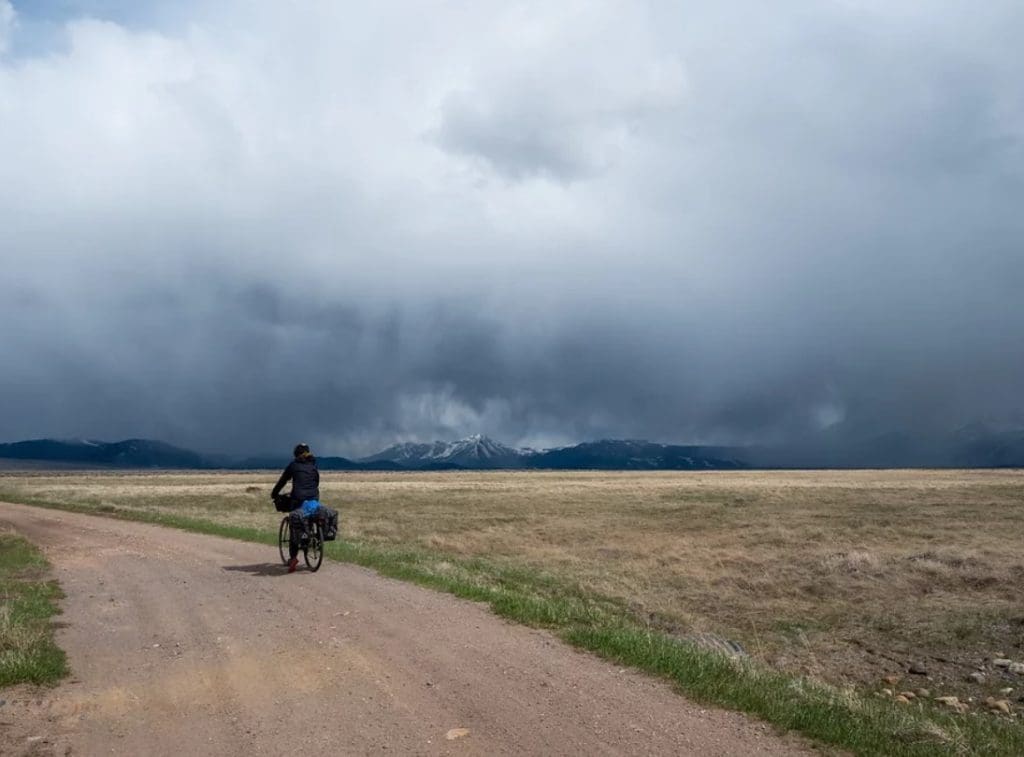
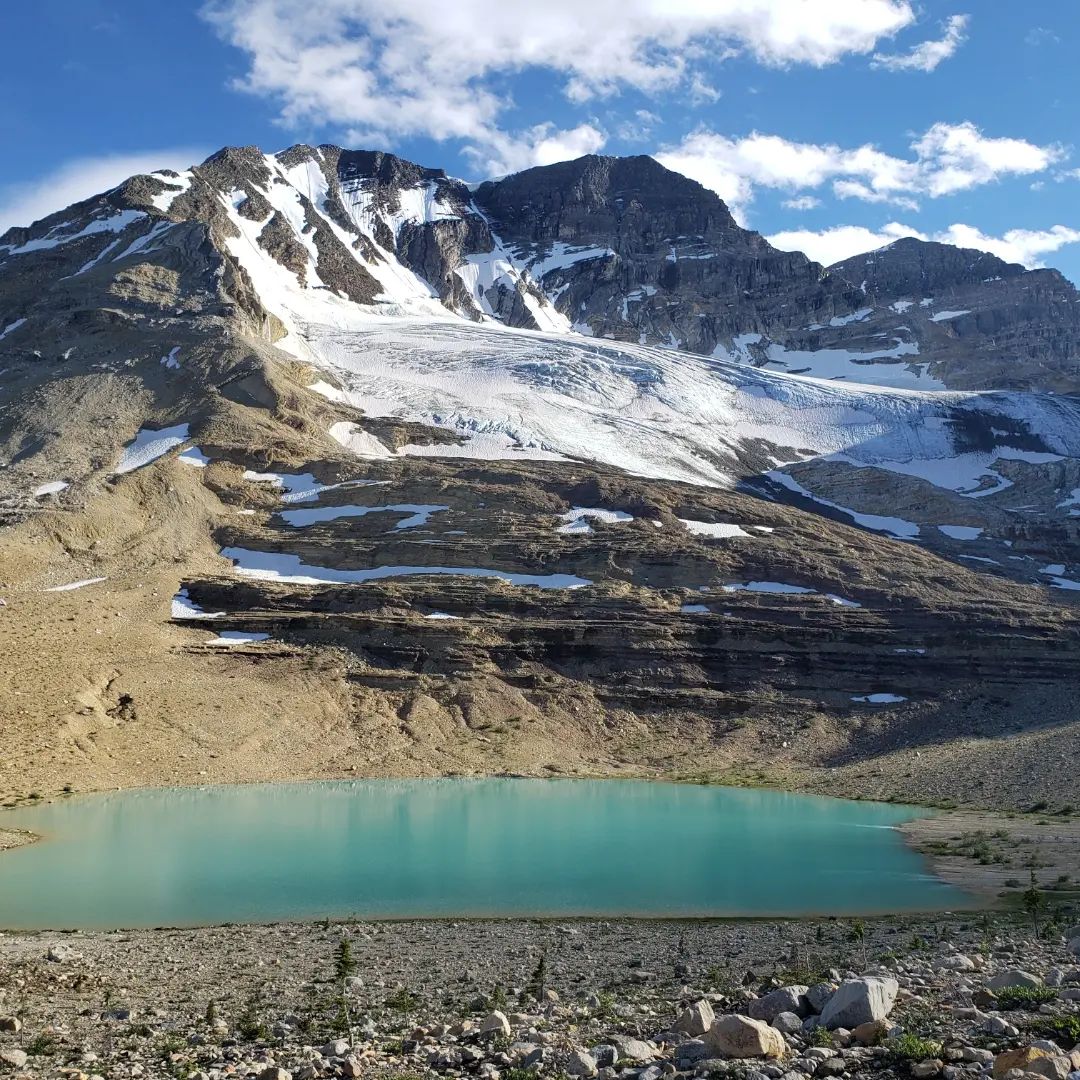
For some people, this is the trip of a lifetime. What special memories will you take with you?
Amaya: So much of this journey will stick with me for the rest of my life. I think riding the the Going to the Sun road in Glacier National Park at 6 a.m. before anyone else was up there was definitely a stand out moment on our bike section. The first day hiking out of Waterton had some of the most incredible views as did hiking between Egypt Lake and Ball Pass in Banff.
What has been the greatest challenge?
Heather: Both Amaya and I have grappled with overuse injuries at various points along our trip thus far. The injuries themselves we manage or work to heal with treatment or rest. The really hard part is when these injuries have caused us to change plans and to adjust what our expedition is going to be again and again.
I think this type of challenge would have been much more demoralizing if we didn’t know that we’d be able to return another time to visit the sections we’ve been forced to skip, and also have a solid friendship to fall back on for support.
What is something you have learned about the region during your traverse?
Amaya: Throughout the traverse, even at our furthest from the Yukon, there was always something that felt familiar. For example, the labrador plants hiding in the underbrush or the expansive pine forests.
It was that more than anything else that drove home the connectedness of this expanse of wilderness. How this entire area could be the range of one grizzly bear, how seeds carried on its fur or inside its belly could increase the biodiversity and resilience of ecosystems thousands of kilometers away.
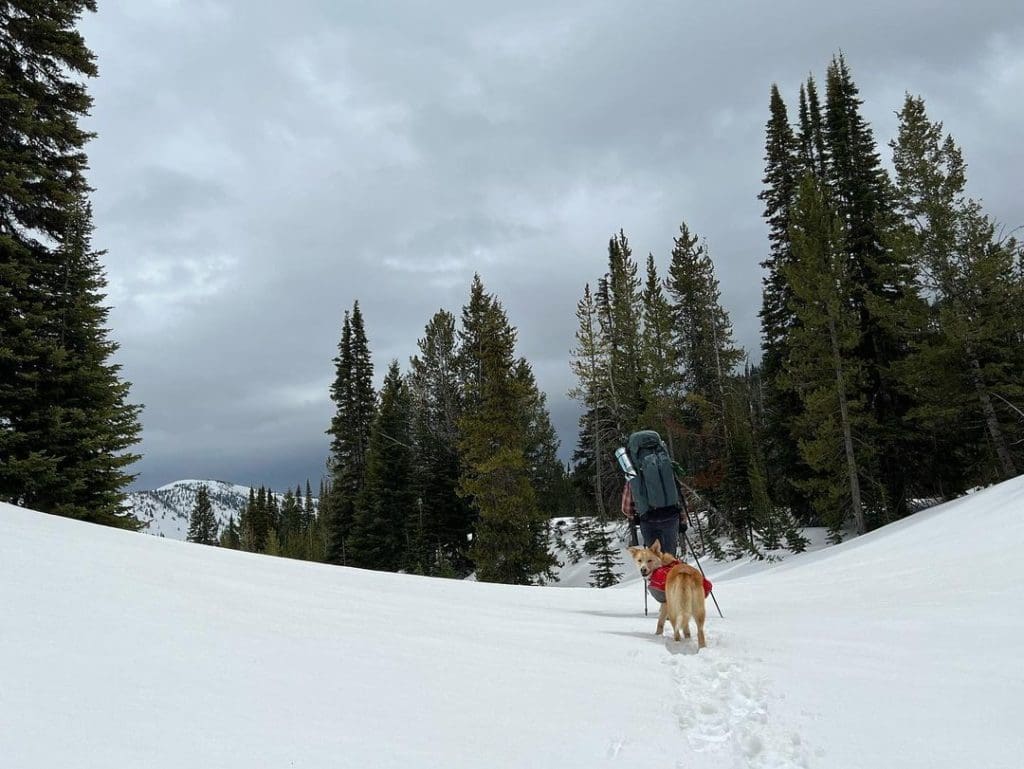
Do you have any advice for folks looking to start their own adventures in nature?
Heather: It’s more accessible than you think as long as you reach out to your community. It can seem daunting to know where to go or what gear to bring, and how to plan an adventure if you’ve never done it before!
In my experience there are so many people willing to share their knowledge and even their equipment if you just ask. Borrow gear, ask lots of questions, and go out with a group/more experienced friend and you’ll pick up the skills you need quickly.
Any successful adventure consists of three main things in my mind: 1) everyone returns home safely, 2) the spaces you visit are left in the same or better condition than you found them, and 3) you get to embrace the mentality of playful joy!
Once you’re comfortable and competent it becomes easy to dream up new adventures based on which aspects of nature you most love and enjoy.
When you have a tough day on the trail, what’s your favorite treat or self care?
Amaya: The best thing about hiking with a close friend is when you are having a tough day, at the end of it you can look at them and say “massage exchange?!” I also always have at least one chocolate bar on hand.
Thank you, Amaya and Heather. Anything else to add?
This is such a spectacularly beautiful, vibrant, and special region of our world! We feel so lucky to have the opportunity to be out here experiencing it. It is very easy to see why it is so vital to conserve these landscapes for wildlife as well as for future generations of adventurers!
Read more about Heather and Amaya’s trip on their blog: Y2Y Traverse or on Instagram: @y2y_traverse.
This interview has been lightly edited for length and content. Header and all photos courtesy Heather and Amaya.
